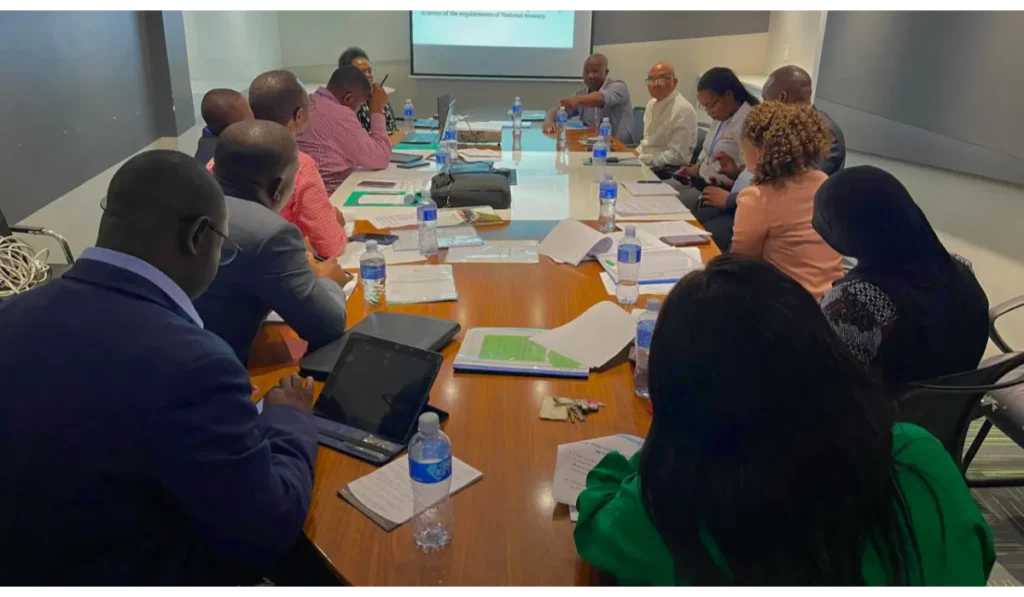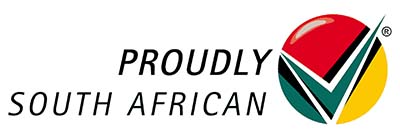That’s where stakeholder collaboration comes in. It’s the secret sauce that can turn a good asset management plan into a great one.
In this article, we’ll delve into the importance of stakeholder collaboration, exploring how it can make all the difference in the effectiveness of asset management plans.
Key Facts
- Understanding Stakeholders: Define stakeholders and stress the significance of identifying their needs.
- Benefits of Stakeholder Collaboration: Outline advantages like improved decision-making, stronger relationships, reduced risks, increased efficiency, enhanced outcomes, and competitive advantage.
- Challenges of Stakeholder Collaboration: Enumerate common challenges such as competing interests, communication breakdowns, time constraints, power dynamics, lack of trust, and disparate knowledge.
- Strategies for Effective Collaboration: Summarize key strategies including stakeholder identification, open communication, managing expectations, embracing diversity, proactive engagement, and building trust.
Understanding Stakeholders
Stakeholders are the individuals or groups who have a vested interest in the success of an asset management plan.
They could be internal, like employees or management, or external, such as clients, suppliers, or even the community.
Identifying these stakeholders and understanding their needs and concerns is crucial for crafting a plan that truly meets everyone’s needs.
The Benefits of Stakeholder Collaboration
Stakeholder collaboration brings a wealth of advantages to any project or organization. Here are some key benefits:
- Improved Decision-Making: By involving stakeholders with diverse perspectives, you gain a broader understanding of the situation and potential challenges. This allows for more informed and well-rounded decisions.
- Stronger Relationships: Collaboration fosters trust and open communication among stakeholders. This leads to a more positive and productive working environment.
- Reduced Risks: Through collaboration, potential risks can be identified and addressed proactively. Stakeholders with different areas of expertise can highlight potential issues you might have missed.
- Increased Efficiency: When stakeholders are aligned and working together, there’s less duplication of effort and wasted resources. Collaboration promotes smoother workflows and problem-solving.
- Enhanced Outcomes: By incorporating stakeholder input, projects are more likely to achieve their goals and deliver value to all involved parties.
- Competitive Advantage: Effective stakeholder collaboration can lead to innovative solutions and better meet the needs of your target audience. This can give you a significant edge over competitors.
Challenges of Stakeholder Collaboration
While stakeholder collaboration offers a multitude of benefits, it’s not without its hurdles. Here are some common challenges you might face:
- Competing Interests: Stakeholders come to the table with their own priorities and agendas. Balancing these competing interests and finding common ground can be difficult.
- Communication Breakdowns: Ineffective communication can lead to misunderstandings, frustration, and hinder collaboration. This can be due to unclear information sharing, lack of transparency, or differing communication styles.
- Time Constraints: Scheduling meetings and ensuring everyone’s participation can be time-consuming, especially for stakeholders with busy schedules.
- Power Dynamics: Unequal power dynamics between stakeholders can stifle open communication and prevent some voices from being heard.
- Lack of Trust: Previous negative experiences or a general lack of trust between stakeholders can hinder collaboration and make it difficult to work together effectively.
- Disparate Knowledge and Expertise: Stakeholders may have varying levels of knowledge or expertise on the project. Bridging these knowledge gaps and ensuring everyone is on the same page can be challenging.
Strategies for Effective Stakeholder Collaboration
Here are some key strategies for effective stakeholder collaboration, in brief:
- Identify Stakeholders: Clearly define who your stakeholders are and their interests.
- Open Communication: Maintain transparent and consistent communication with all stakeholders.
- Manage Expectations: Set clear expectations for roles, responsibilities, and timelines.
- Embrace Diversity: Value diverse perspectives and encourage open dialogue.
- Proactive Engagement: Actively involve stakeholders throughout the process, not just at decision points.
- Build Trust: Foster trust and positive relationships through open communication and shared goals.
Conclusion
In conclusion, stakeholder collaboration isn’t just a nice-to-have—it’s a must-have for effective asset management plans.
By engaging with stakeholders from the get-go, listening to their concerns, and working together towards common goals, asset management professionals can ensure that their plans are not only successful but also beneficial for all involved.
So, whether you’re in South Africa or anywhere else in the world, remember: when it comes to asset management, collaboration is key.
Let’s work together to build a brighter future for all.





